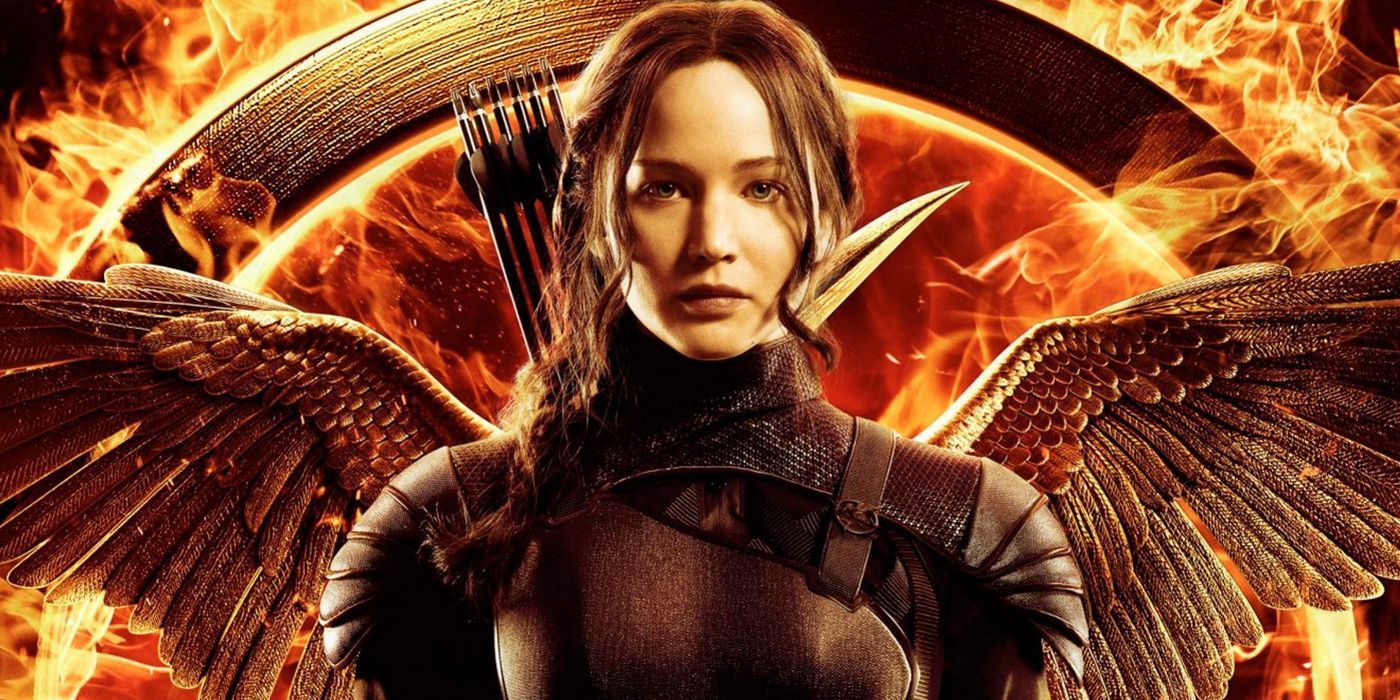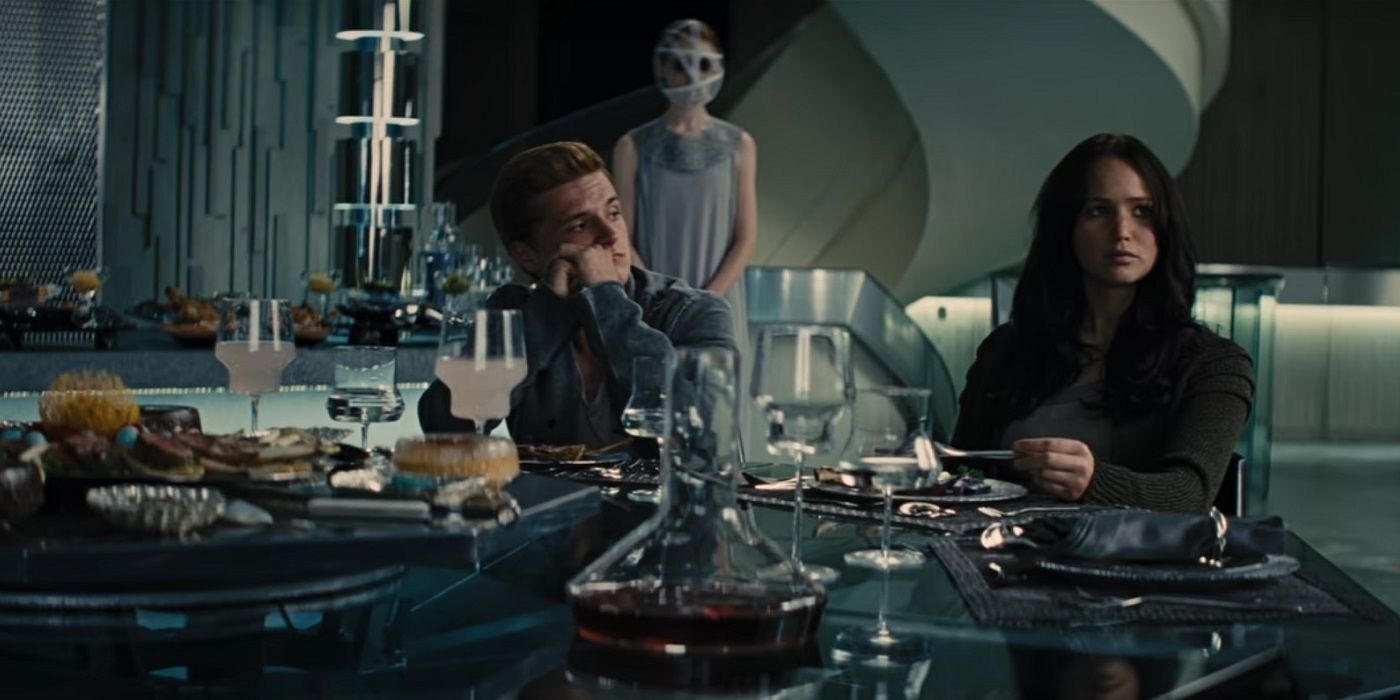One of the benefits that books still hold over movies is the ability to dive more deeply into the worlds they create. Nowhere is this more true than in The Hunger Games, which owes its success, in part, to the supremely compelling future dystopia that author Suzanne Collins envisioned. She reveals a considerable amount of detail for a comparatively slender three-book trilogy, and for all their success at bringing the story to screen, the movies simply can't match it. This is despite the fact that four movies were produced out of just three books.
That includes a good deal of information that's simply too dark and gruesome for the Hunger Games movies' PG-13 ratings. The Avoxes, for example -- slaves punished for betraying the story's autocratic government -- play a minimal role in the movies, despite their more important role in the books. They make a few appearances, but spending more time on them would detract from the necessary pacing. As a result, their purpose in the story can be easily missed.
The Hunger Games' Avoxes Are Captured Traitors to the State
The Hunger Games' future state of Panem is an open dictatorship, where the Capitol under the villainous President Snow oversees the systemic subjugation of the people in the 12 outlying Districts. The Hunger Games themselves are an extension of that oppression: two teenagers selected once a year from each district fight in a battle to the death for the Capitol's amusement. Trouble arises when the story's protagonist, Katniss Everdeen, unexpectedly prevails in her Hunger Games, setting off a chain of events that blooms into a full-bore revolution and turns her into a symbol of defiance.
Panem's cruelty extends to the Avoxes, charged with defying the government. That usually translates to trying to run away or refusing an order that they find immoral. As punishment, their tongues are removed, and they're forced to work as servants in the Capitol. Their identities are effectively erased, and they spend the rest of their lives enslaved to the state.
Katniss interacts with several Avoxes during her time in the Capitol preparing for the Games. Indeed, in the first novel, The Hunger Games, she recognizes one as a girl she witnessed trying to flee the Capitol, only to be caught and punished accordingly. In the second book, Catching Fire, she's sent a pair of them to serve her: the girl, whose name is Lavinia, and a former Peacekeeper from her District, Darius. It's suggested that they're part of President Snow's efforts to torment her after winning The Hunger Games. The final book, Mockingjay, features another Avox, Pollux, who escapes and joins the rebellion as a cameraman.
Avoxes Reveal the Cruelty of The Hunger Games' World
As potent a symbol as they are, Avoxes have precious little room for development in the Hunger Games movies. Mockingjay - Part 1 and Part 2 include several sequences of Pollux and Katniss interacting -- which help explain Avoxes to newcomers -- and a few others appear as background extras, but they aren't fleshed out the way they are in the book. Pacing plays at least a partial role in their omission. Pausing to discuss them and Katniss's reaction to them would slow the film unduly: distracting from its larger plot in the process.
From a more practical perspective, Avoxes are gruesome enough to potentially give the films an R-rating. While Collins could be more descriptive in her prose, the movies are aimed squarely at her young readers (the books are billed as YA novels), which means that showing too much of the Capitol's depravity would keep a large chunk of the intended audience from seeing it in theaters. In light of that, trimming them to the bone was not only a necessary choice but the only way the movies could effectively tell the story.


